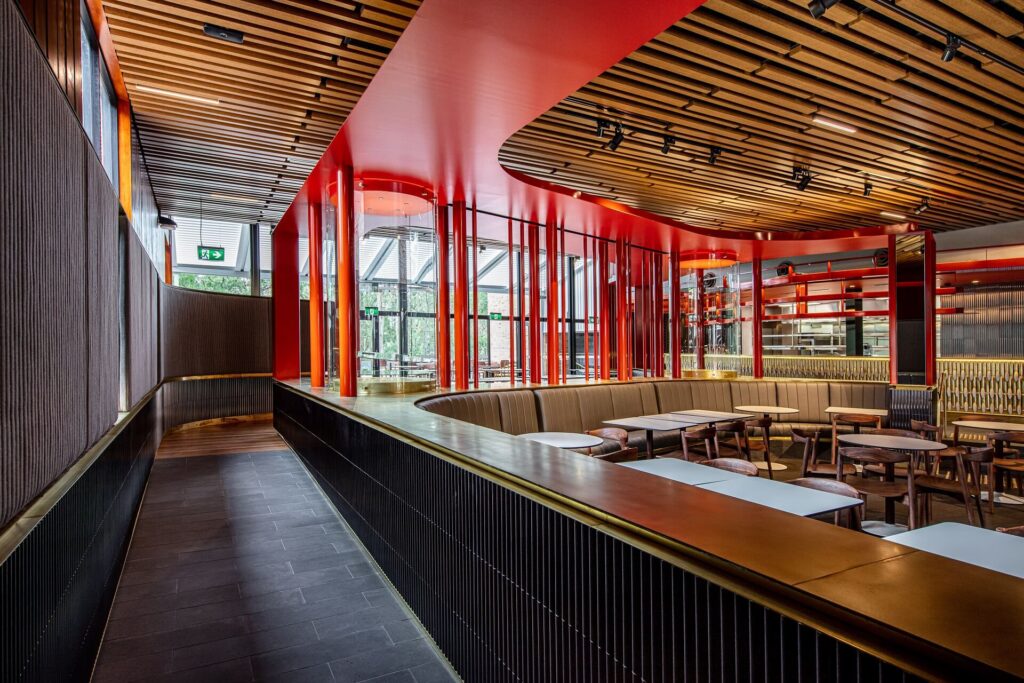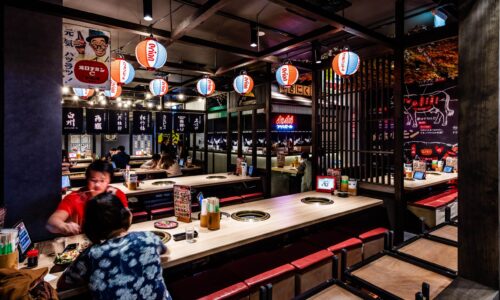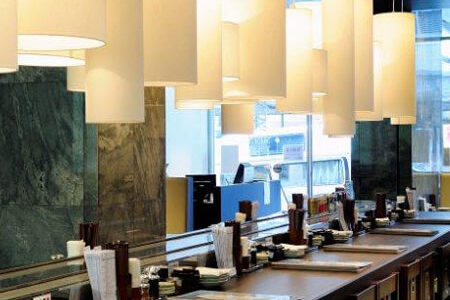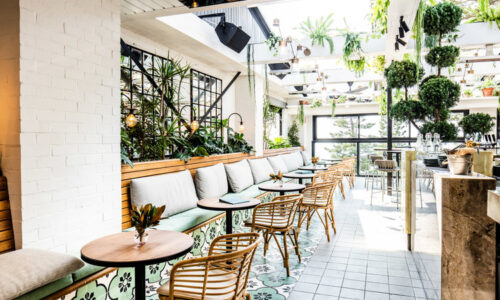Starting a restaurant, café or take-away business can be exciting and rewarding but also daunting.
You may have the dream but there are many challenges that you will encounter along the way from equipment to research, rents to staff and that’s before you’ve even opened your doors.
To help you along the way, we have compiled a definitive guide with our top tips to help you achieve a successful restaurant business fit-out.
Like anything, it’s all about getting started.
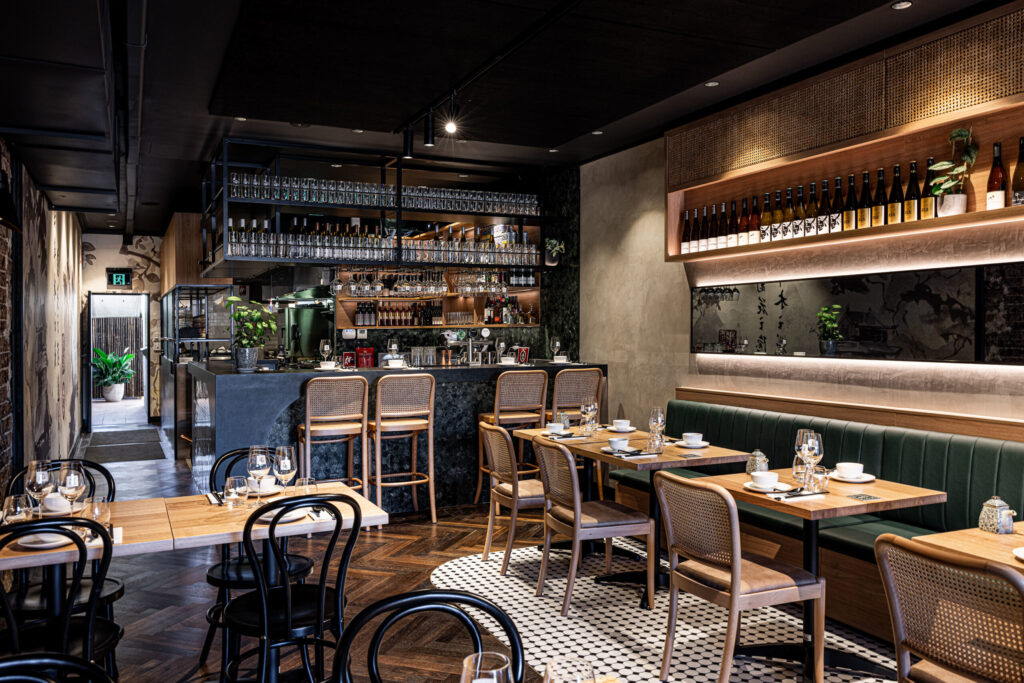
This Guide is divided into 2 parts.
Here are ten of the key areas anyone looking to fit out a restaurant should consider.
In Part One we will look at:
- Creating a Business Plan (& sticking to it)
- Setting a Budget (but not skimping on the kitchen)
- Location, Location, Location
- Hiring a Fit-out Company
- Design Dreams (plus practicalities)
In Part Two we will look at:
- Timelines (plan, plan and plan again)
- Marketing (shout about it)
- Staff (hire well)
- Open (soft launch)
- Repeat (eat, sleep, repeat)
1. Your Business Plan:
Create a business plan & stick to it
Your Business Plan is arguably THE most important step when it comes to fitting out your hospitality venture, whether it be a fancy restaurant, corner coffee shop or takeaway.
If you have chosen a fit-out company, it is a good idea to work closely with them and use their expertise to develop a realistic budget. That way your business plan will fit your budget.
Whilst is is important to try and stick to your business plan and budget (and it is important!), it is also necessary to make sure that you allow yourself some leeway.
However good your intentions, it is very likely you will end up spending much more than you planned for, so it is a good idea to make sure your budget is realistic, and that you have the extra funds to cover unexpected expenses.
Always stick to your business plan. It should be a living (breathing!) document that you should continually refer back to.
These are two rules that are good to have in your head:
Whatever your set up cost is; double it.
Whatever your predicted turnover is; half it.
With these rules in mind, look at your figures and ask yourself – if this was true, could your business survive?!
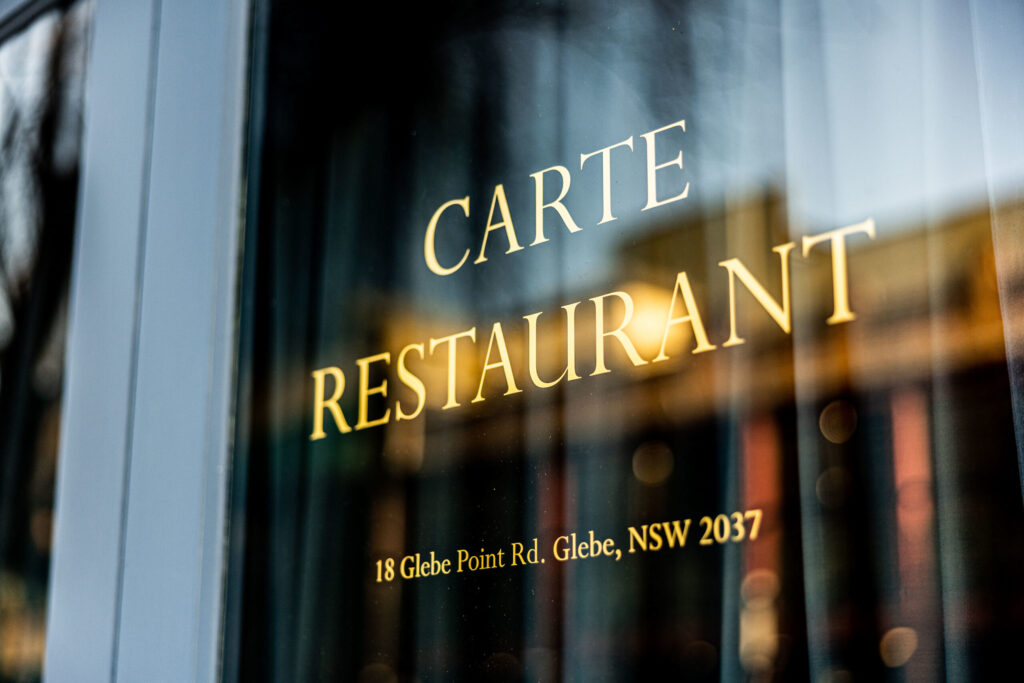
2. Your Budget:
Set a budget but don’t go cheap when it comes to the kitchen
If you have chosen a fit-out company, work closely with them to develop a budget that fits within your business plan as closely as possible.
Of course negotiate, but remember it is often false economy to buy too cheap. The last thing you want to be doing, is having to buy things twice.
A good fit-out company will always listen to your requests and try to work with your budget.
A golden rule however, is, don’t buy cheap when it comes to kitchens!
Don’t cut costs on equipment – rather, this is an area where high-quality materials, furniture and equipment is imperative.
Invest, invest, invest!
These need to be long-lasting, so go for stainless steel work-benches, professional ovens and high quality utensils.
3. Location
Choose a perfect location
When looking for the perfect location, you need to be armed with a comprehensive understanding of who your ideal customer is and also a good grasp of the local area where you are looking.
If you need help finding a premises, talk to your fit-out company – as they will know what to look for.
You can however do a lot of the research yourself.
Look at an area or property from the perspective of restaurant manager, (which might be you!), as well as a customer.
Check out other restaurants in the area, experience your competitors and what they are offering, talk to their customers, their staff, get a feel for what works and what could be improved. How do they welcome you when you arrive? What do you think of their menu? How comfortable do you feel? Focus on details as well as the big picture.
Consider how many potential customers there are – on weekdays, on weekends, in the mornings and afternoons and even seasonally or at different points of the month.

4. Fit-out Company
Hiring the best
You might want to do this step up front, as, depending on who you choose, your fit-out contractor can be involved in every part of your fit-out journey.
Do your research, get recommendations and choose your fit-out company carefully (read: wisely!). This is going to be a long-term relationship so you need to make sure it is the right fit.
The right fit-out partner will hold the project together and guide you through the technicalities, legalities and help inspire you creatively.
Work with a contractor that finds solutions, not problems, has plenty of experience and above all – listens to you.
Consider a one stop shop company, such as Liteco Projects, who are able to work with you at every stage from choosing the right location, to design, joinery and even kitchen appliances.
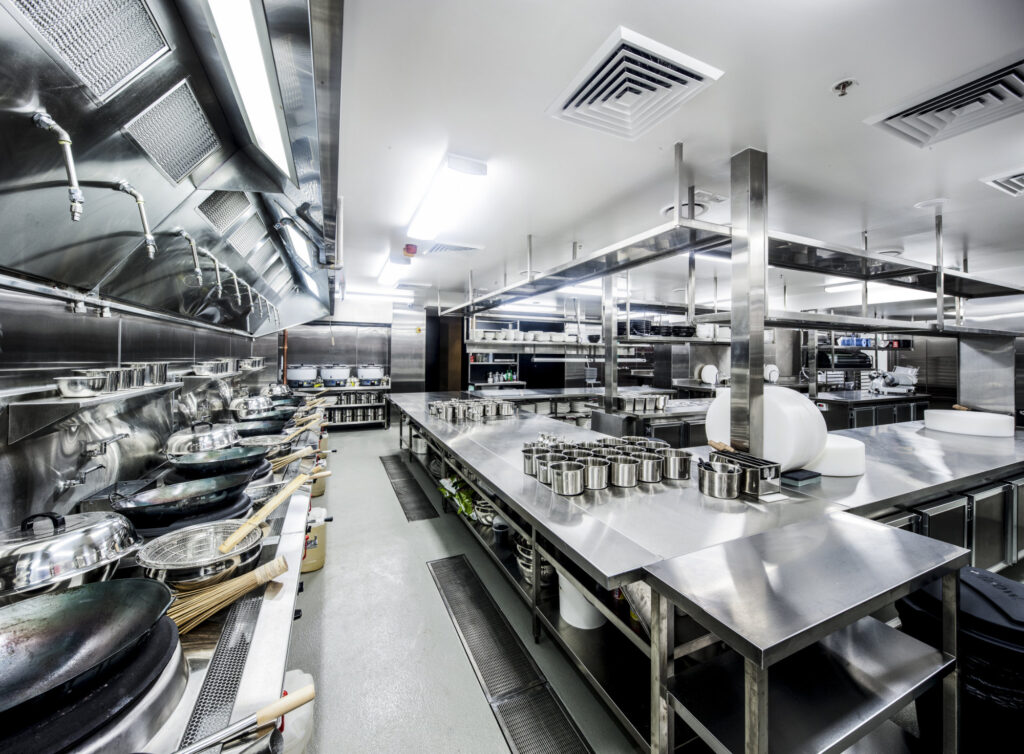
5. Design
Your unique story, plus the practicalities
As British chef Heston Blumenthal once said “food is as much about the moment, the occasion, the location and the company as it is about the taste”.
Consider this – people can get a meal, a take-away, a coffee anywhere – BUT a positive, unique experience is hard to find.
If you can achieve this then you will have left your mark and a lot of this comes through DESIGN.
Design allows you to stand out and be different and for many, this starts with a STORY.
Every business needs a story and with the commercial world being so competitive, the strongest stories will be the most compelling.
Incorporate and convey your story in your design – in this way your customer’s experience will overtake price and product as the key brand differentiator.
Of course, it’s not just in the design.
But design that is intentional, considerate and sensitive to lighting, colour and space make it much easier to ensure a positive experience.
Here are some practicalities you may want to consider in your design phase:
- Space parameters – customers and staff need ample space to move around, so make sure you don’t put tables too close together.
- Optimise your lighting – you, your staff and your customers can see everything properly but you also want to create the right ambience.
- Make the most of storage space – storage is essential and you never know what you might need it for.
That is all for PART ONE, stay tuned for PART TWO.
